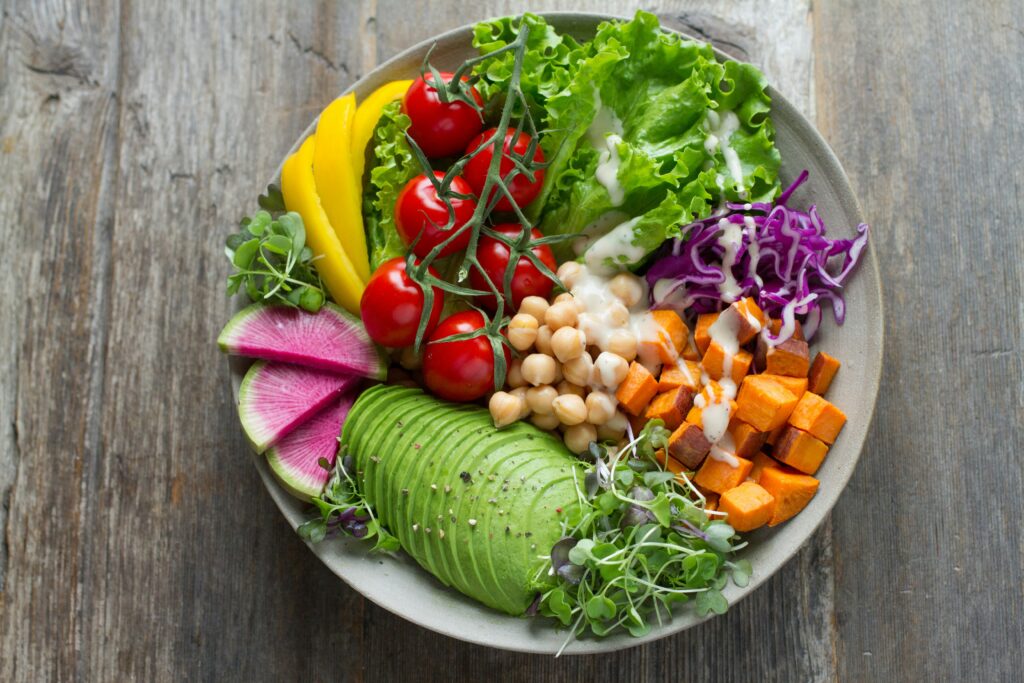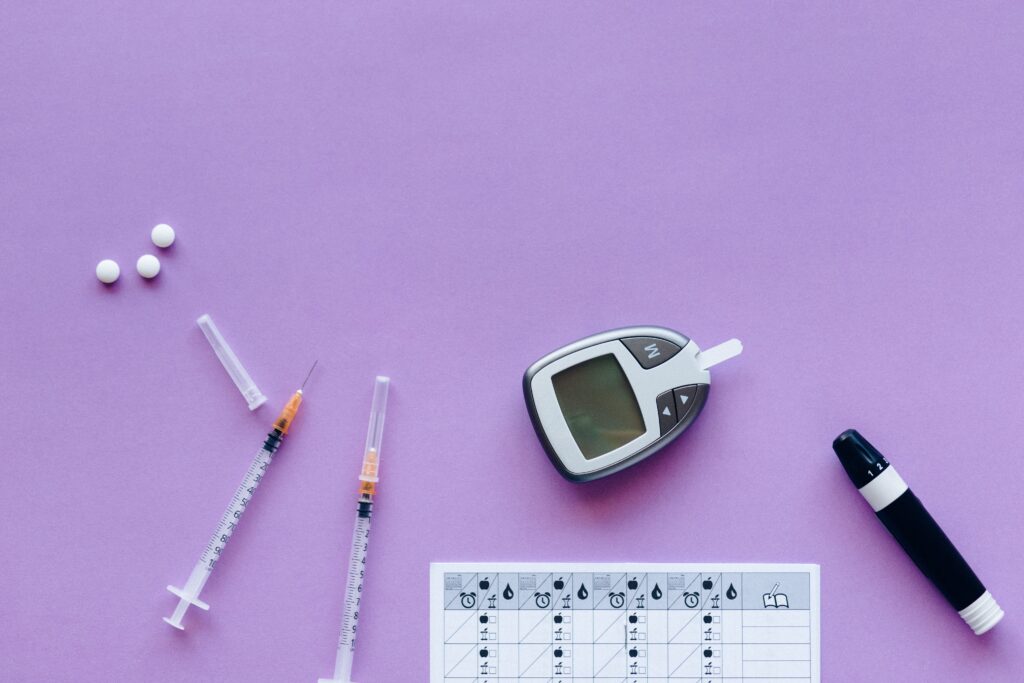Five Indian Vegetarian Protein Foods Better Than Eggs
In Ayurveda, a balanced diet that includes adequate protein is essential for overall health and well-being. While eggs are a common source of protein, there are numerous plant-based alternatives that not only provide essential nutrients but also align with Ayurvedic principles. Here are five amazing Indian vegetarian protein foods that can serve as excellent alternatives to eggs, along with Ayurvedic recommendations for incorporating them into your diet. 1. Lentils (Dal) : Lentils are a staple in Indian cuisine and an excellent source of plant-based protein. They are rich in fiber, vitamins, minerals, and essential amino acids. Ayurveda considers lentils to be tridoshic, meaning they balance all three doshas (Vata, Pitta, and Kapha) when prepared appropriately.Here is an approximate protein content for various types of dal (lentils) per 100 grams: Moong Dal (Split Green Gram): Around 24 grams of protein.Masoor Dal (Red Lentils): Approximately 26 grams of protein.Toor Dal (Split Pigeon Peas): Contains about 22 grams of protein.Chana Dal (Split Bengal Gram): Roughly 22 grams of protein.Urad Dal (Black Gram): Provides around 25 grams of protein.Mung Beans (Whole Green Gram): Contains about 24 grams of protein. Ayurvedic Preparation : Soak lentils overnight to improve digestibility and reduce cooking time.Cook lentils with digestive spices like cumin, coriander, turmeric, and ginger to enhance flavor and aid digestion.Enjoy lentils in various forms such as dal (lentil soup), khichdi (a blend of lentils and rice), or sprouted lentil salads. 2. Chickpeas (Chana) : Chickpeas, also known as garbanzo beans, are another protein-rich legume commonly used in Indian cooking. They are a good source of fiber, iron, folate, and other essential nutrients. In Ayurveda, chickpeas are considered balancing for all doshas and are believed to support digestive health. Raw Chickpeas (per 100 grams): Protein: Approximately 19 gramsCooked Chickpeas (per 100 grams): Protein: Approximately 8-9 grams Ayurvedic Preparation : Soak dried chickpeas overnight before cooking to improve digestibility.Enjoy chickpeas in dishes like chana masala (spiced chickpea curry), hummus (chickpea dip), or roasted chickpea snacks.Incorporate warming spices like cinnamon, cloves, and cardamom to enhance the digestive properties of chickpeas. 3. Paneer (Indian Cottage Cheese) : Paneer is a versatile dairy product widely used in Indian cuisine and provides a good amount of protein, calcium, and phosphorus. It is made by curdling milk with lemon juice or vinegar and then pressing the curds to form a solid block. Ayurveda considers paneer to be sattvic, promoting clarity of mind and balance in the body. However, on average, paneer typically contains around 18-20 grams of protein per 100 grams. Ayurvedic Preparation : Use fresh, organic milk to make paneer at home for the best quality and flavor.Include paneer in dishes like paneer tikka (grilled paneer skewers), palak paneer (paneer in spinach gravy), or paneer bhurji (scrambled paneer with spices and vegetables).Consume paneer in moderation and avoid combining it with incompatible foods, such as fruit or sour items, according to Ayurvedic principles. 4. Almonds (Badam) : Almonds are nutrient-dense nuts rich in protein, healthy fats, vitamin E, magnesium, and other essential nutrients. They are considered one of the best sources of plant-based protein in Ayurveda and are known for their nourishing properties that support overall well-being. On average, a 1-ounce (28-gram) serving of almonds provides about 6 grams of protein. Ayurvedic Preparation : Soak almonds overnight to soften them and enhance digestibility.Enjoy almonds as a wholesome snack, add them to smoothies, or incorporate them into desserts like almond milk or almond halwa.Combine almonds with warming spices like saffron, cardamom, and nutmeg for added flavor and digestive support. 5. Quinoa : Quinoa is a gluten-free pseudo-cereal known for its complete protein profile, containing all nine essential amino acids. It is also rich in fiber, vitamins, minerals, and antioxidants. In Ayurveda, quinoa is considered tridoshic and is valued for its light, nourishing properties. On average, one cup (185 grams) of cooked quinoa provides approximately 8 grams of protein. Ayurvedic Preparation : Rinse quinoa thoroughly before cooking to remove any bitter residue.Cook quinoa with water or vegetable broth and add spices like turmeric, cumin, and black pepper for flavor and digestion.Use quinoa as a nutritious base for salads, pilafs, porridges, or stuffed vegetables.Incorporating these Indian vegetarian protein foods into your diet can provide essential nutrients while aligning with Ayurvedic principles of balance, digestion, and overall well-being. Experiment with different recipes and preparations to discover delicious and nourishing ways to enjoy these plant-based alternatives to eggs. Remember to listen to your body’s cues, practice mindful eating, and prioritize a balanced diet to support optimal health and vitality.
Five Indian Vegetarian Protein Foods Better Than Eggs Read More »





